Shigar, a scenic valley in the Gilgit-Baltistan region of northern Pakistan, is renowned for its rich cultural heritage, historical significance, and stunning landscapes. Situated along the banks of the Shigar River and surrounded by towering peaks, the valley serves as a gateway to the Baltoro Glacier and some of the world’s highest mountains, including K2. Shigar's history is deeply intertwined with the broader history of Baltistan, a region that has seen influences from Tibetan, Persian, and Central Asian cultures.
The early history of Shigar, like much of Baltistan, is closely connected to Tibetan influence. Baltistan, historically referred to as "Little Tibet," was part of the greater Tibetan Empire from the 7th to the 9th century. The region was heavily influenced by Tibetan Buddhism, which spread across the Karakoram during this period. Evidence of this influence can still be seen today in ancient rock carvings, Buddhist stupas, and monasteries that dot the landscape of Shigar and surrounding areas.
The people of Shigar, like the rest of Baltistan, speak Balti, a Tibetic language, and many aspects of the local culture and traditions reflect their Tibetan roots, despite the later introduction of Islam.
By the 14th century, Baltistan, including Shigar, saw the gradual introduction of Islam, primarily through the influence of Persian and Central Asian missionaries. The Noorbakhshi sect of Islam, named after the Sufi saint Mir Sayyid Ali Hamadani and his disciple Mir Shamsuddin Iraqi, gained prominence in the region. Over time, the majority of Shigar’s population converted to Islam, but traces of the region’s pre-Islamic Tibetan heritage remain embedded in local customs.
Shigar’s history is a rich tapestry of Tibetan, Persian, and Central Asian influences, shaped by its strategic location at the crossroads of major civilizations. The valley’s unique blend of Islamic and pre-Islamic cultural elements, its historical fort, and its role as a gateway to the Karakoram make it one of the most historically significant regions in Baltistan.
Today, Shigar stands as a testament to the resilience and adaptability of its people, who have maintained their cultural identity while embracing the opportunities of modern tourism and development. The valley continues to attract visitors from around the world, drawn by its history, breathtaking landscapes, and the promise of adventure in the mountains.
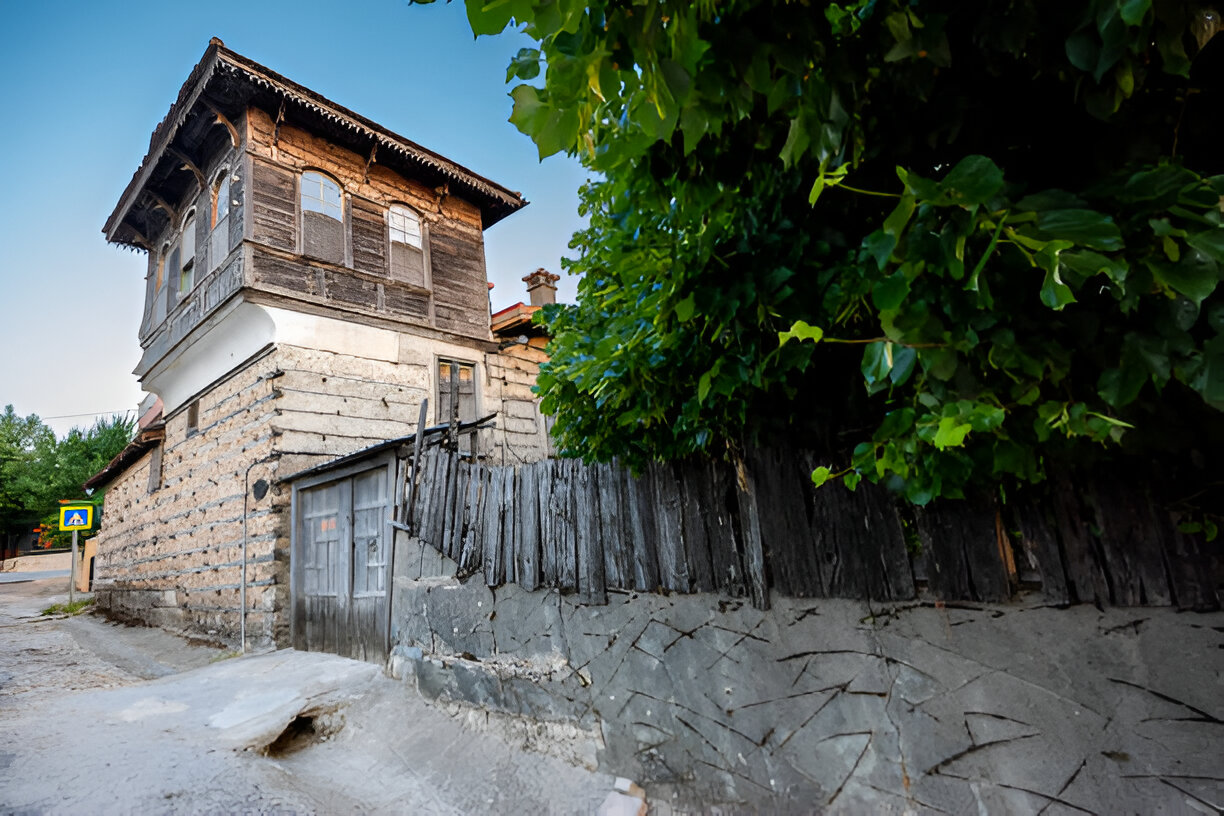
Shigar’s history is closely linked to the rise of the Maqpon dynasty, which ruled much of Baltistan from the 14th century onward. The Maqpon rulers established their power base in Skardu but exerted influence over Shigar and other surrounding valleys. The local rulers of Shigar, known as the Amacha dynasty, were a powerful family that governed the valley autonomously under the suzerainty of the Maqpons.
Shigar Fort, also known as Fong Khar (Palace on the Rock), was built by the Amacha rulers in the 17th century and served as a royal residence for the rulers of Shigar. The fort, an architectural marvel of its time, was strategically located to oversee and protect the valley. Today, it stands as one of the most iconic symbols of Shigar’s history and has been meticulously restored, now functioning as a museum and heritage hotel.
In the 19th century, Baltistan, including Shigar, was annexed by the Dogra rulers of Jammu and Kashmir after the Sikh Empire’s expansion into the region. The Dogras, who had a firm grip over the region, imposed heavy taxes on the local population, leading to unrest and occasional uprisings. Despite the external control, the Amacha rulers of Shigar maintained some level of autonomy within their domain.
During the British colonial era, Baltistan’s strategic importance grew due to its location near the borders of British India, China, and Central Asia. Shigar, being a part of the broader Baltistan region, was a vital point in the “Great Game” between the British and Russian empires as they vied for influence in Central Asia.
After the partition of British India in 1947, Shigar became part of Pakistan, along with the rest of Gilgit-Baltistan. Since then, Shigar has remained an important cultural and historical hub in the region. The valley is a gateway for mountaineers and trekkers heading to K2 and the Karakoram Range, making it a focal point for adventure tourism.
In recent years, the restoration of Shigar Fort and its transformation into a heritage hotel by the Aga Khan Cultural Services has helped revive interest in the valley’s history and culture. This project has not only preserved Shigar’s historical architecture but also contributed to the local economy by promoting sustainable tourism.

Conclusion
Each season in Gilgit-Baltistan brings its own unique charm and activities, making it a year-round destination for adventurers and culture enthusiasts alike. Whether you’re trekking in the spring, enjoying water sports in summer, photographing autumn colors, or skiing in winter, there’s always something to experience in this beautiful region.
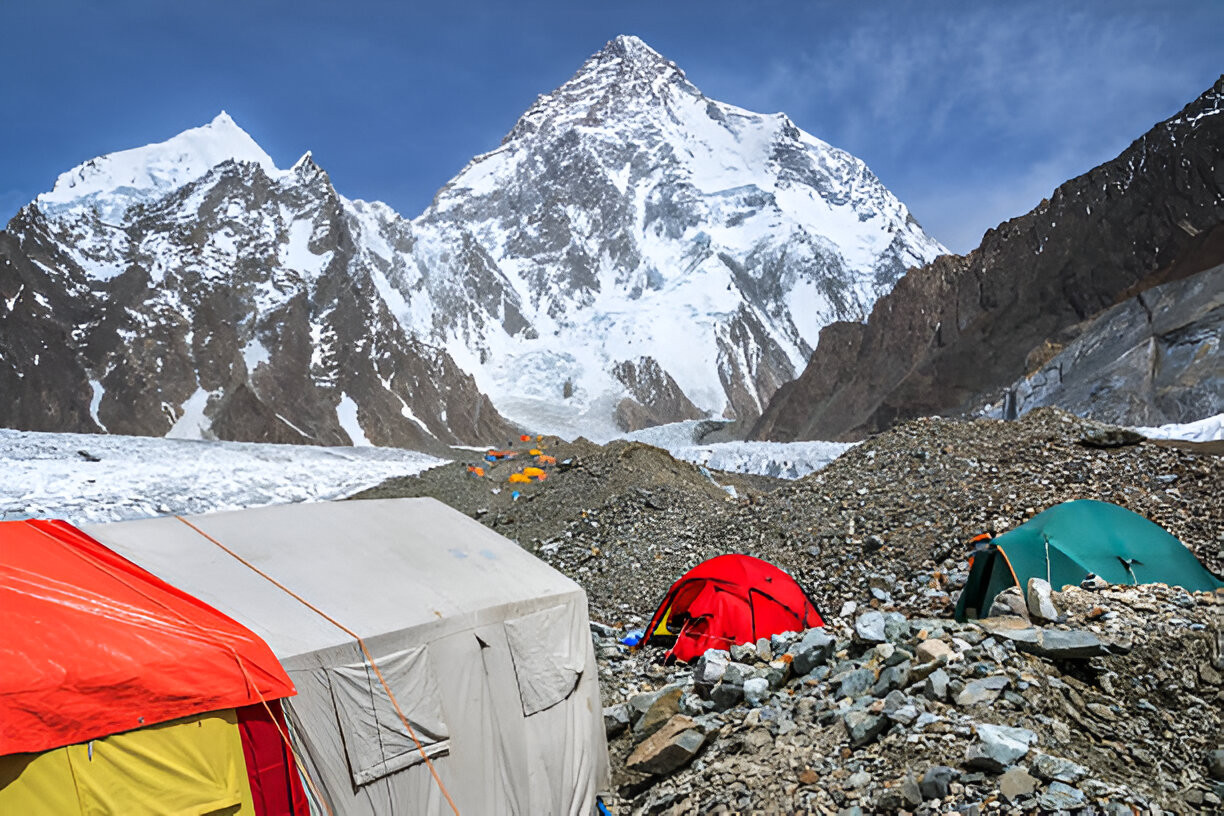
Experience the thrill of trekking and hiking with scenic trails, breathtaking views, and guided adventures through majestic landscapes.
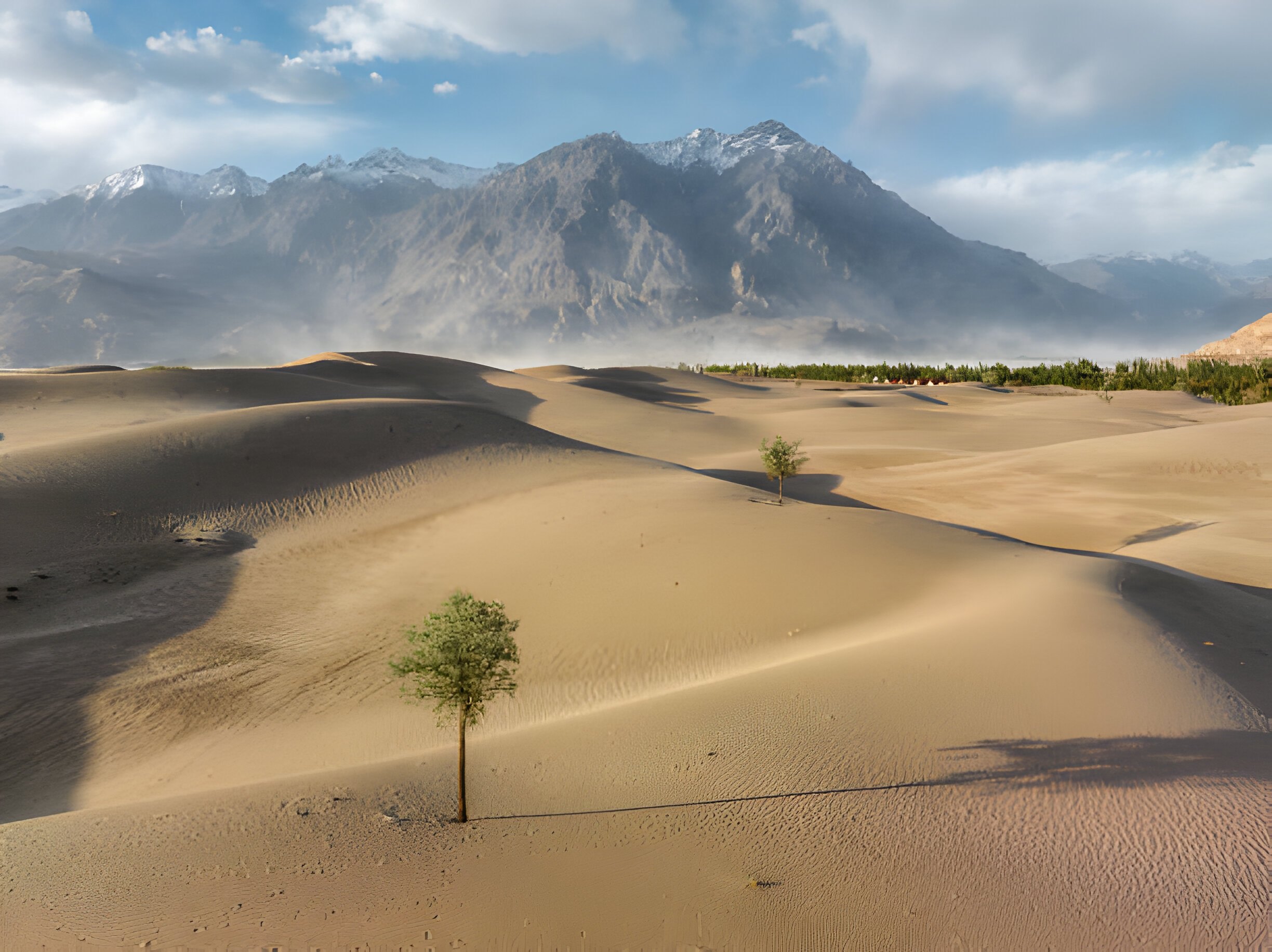
Sarfa-Ranga Cold Desert in Shigar , Gilgit-Baltistan, offers stunning views and adventurous sand dune jeep rallies at high altitudes.
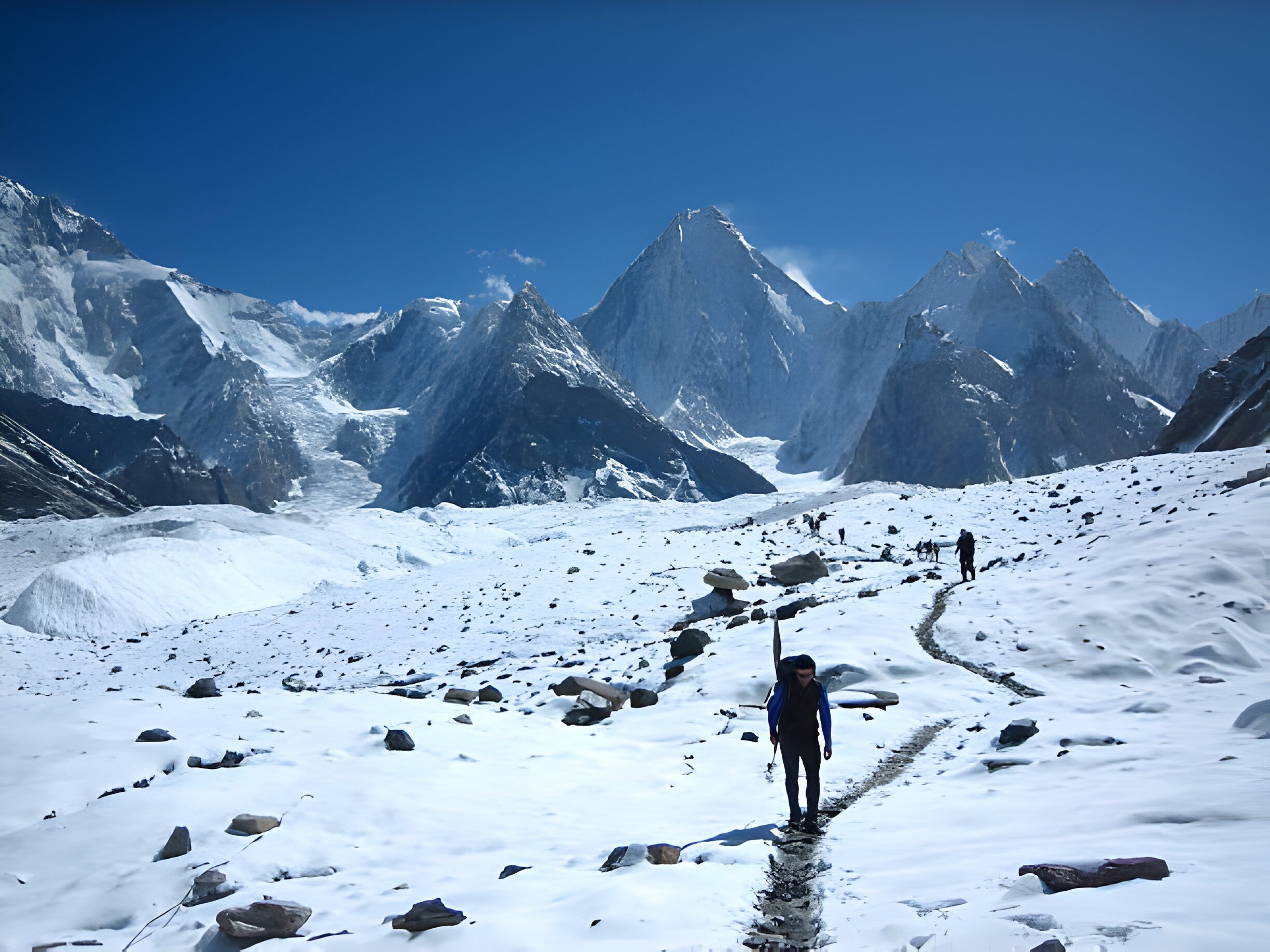
Join K2 Expedition & Trekking for thrilling mountaineering adventures, guided by experts, ensuring safety and unforgettable experiences in the Karakoram.
(0 reviews)
$ 4,000.00From$ 3,200.00
(1 reviews)
$ 4,000.00From$ 2,990.00
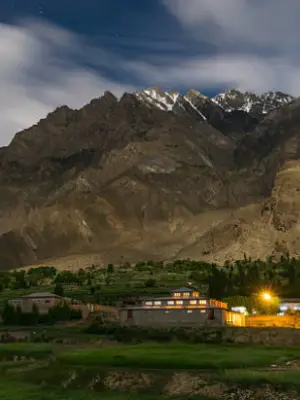
Discover the Askole with our special tours
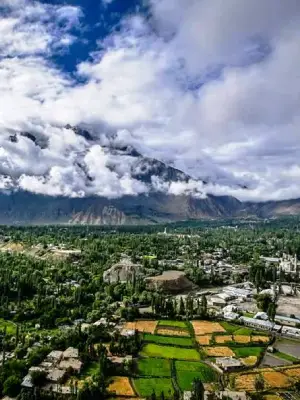
Discover the gilgit with our special tours
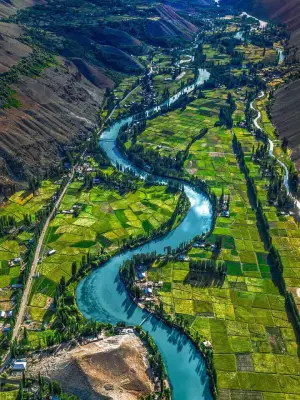
Discover the Gilgit Baltistan with our special tours
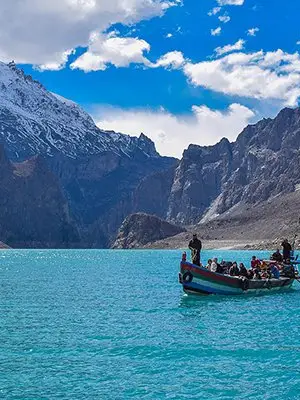
Discover the Hunza with our special tours

Discover the Skardu Trang with our special tours
Experience World-Class Trekking & Expeditions Led by Local Experts
About us